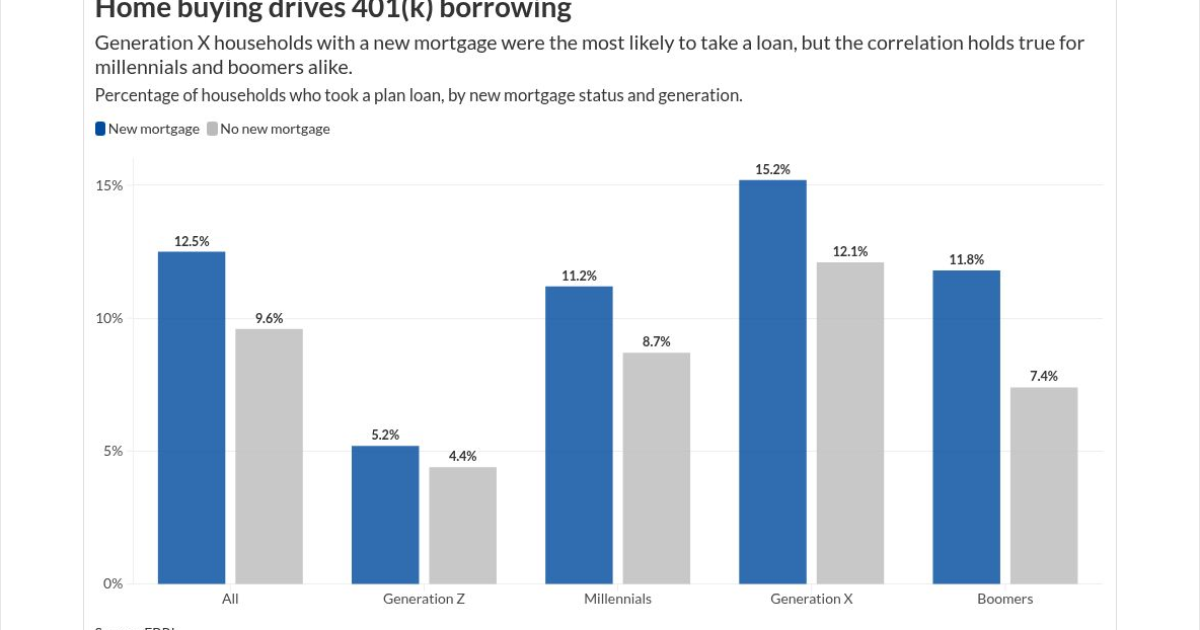Let’s dig into this by first understanding what will happen if your dad continues doing what he is doing and he doesn’t add money to his TFSA. If he lives to 90, earns 5% on his investments, your home appreciates 3%, and we assume a general inflation rate of 2%, he will leave you about $654,000 in today’s dollars. That is made up of his share of the house, which isn’t taxable, and his registered money, which is taxable. I will use today’s dollars (values) for everything as we go. Actual amounts in the future will be higher due to inflation.
TFSA strategies to enlarge your estate
Now the question is: Can we increase the amount eventually going to you by drawing extra from the life income fund (LIF) and RRIF to add to his TFSA? Your dad has never contributed to a TFSA, so he has $102,000 of past contribution room he can add, plus his future annual contributions. His LIF withdrawals will be subject to maximum withdrawal limits, so he won’t be able to fully deplete his LIF.
Your dad has contribution options: he can top up his TFSA right away or do it gradually over time. If he tops it up in the next two years, he will have to draw about $135,000 from his RRIF and LIF each of the two years. This will cause him to lose his OAS in those years, but his RRIF will be depleted by age 85. His issue then will be that the maximum LIF withdrawals won’t be enough for him so he will have to start drawing from his TFSA.
TFSA contribution room calculator
Find out how much you can contribute to your TFSA today using our calculator.
Even still, this approach will increase the after-tax estate value to $689,000, which is better than continuing on the current approach, leaving you $654,000.
A more optimal approach is to make up the past contribution limits by adding $15,000 a year to the TFSA to catch up the past contribution room of $102,000, plus the future annual contribution limits. This approach also means no OAS clawback, ever.
This gradual approach will leave you $703,000 with only $10,500 paid in tax. Remember, no TFSA left you with $654,000 and $160,000 was paid in tax.
But be careful what you ask for
Clearly, if your dad’s wish is to maximize the amount of money left to you, the best approach is to draw extra from the registered accounts, keeping his taxable income below the OAS clawback threshold, and contributing that amount to his TFSA with you as the beneficiary.
But what if that is not your dad’s wish and instead it is to maximize his wealth rather than the value of his estate? There are a number of reasons why some people will put wealth ahead of estate value, such as the parents who tell me they have helped their kids enough, those who want to leave money to charity, couples and singles with no children, and others with concerns about having enough money.
X
I know it sounds like the two goals, wealth accumulation and estate maximization, will result in roughly the same thing but they produce different outcomes. Think about it: when your dad draws money from his RRIF he pays tax resulting in less going to his TFSA which reduces his net worth. Leaving the money in the registered accounts maintains his net worth.
Here is an example where wealth accumulation and giving to charity is the goal. If your dad follows the estate maximization plan and adds to his TFSA, the charity will get $707,000 and about $7,000 is paid in tax. Contrast this with your dad not drawing extra from his RRIF to add to his TFSA strategy; the charity receives about $796,000 and the estate has tax owing of $17,000. That is about an extra $90,000 going to the charity.
Is your plan flexible?
I should point out that, other than wealth or estate maximization, there is another reason for having money in TFSAs and that is to provide taxable/non-taxable income flexibility. If, in the future, your dad is ever faced with large bills, such as for long-term care, it will be good to have a non-taxable income source to keep him from moving up an income tax bracket or losing a government benefit.
Alex, you are on the right track. From the information provided it looks like your dad should be drawing extra from his RRIF to contribute to his TFSA. Just make sure this meets his goals.
























